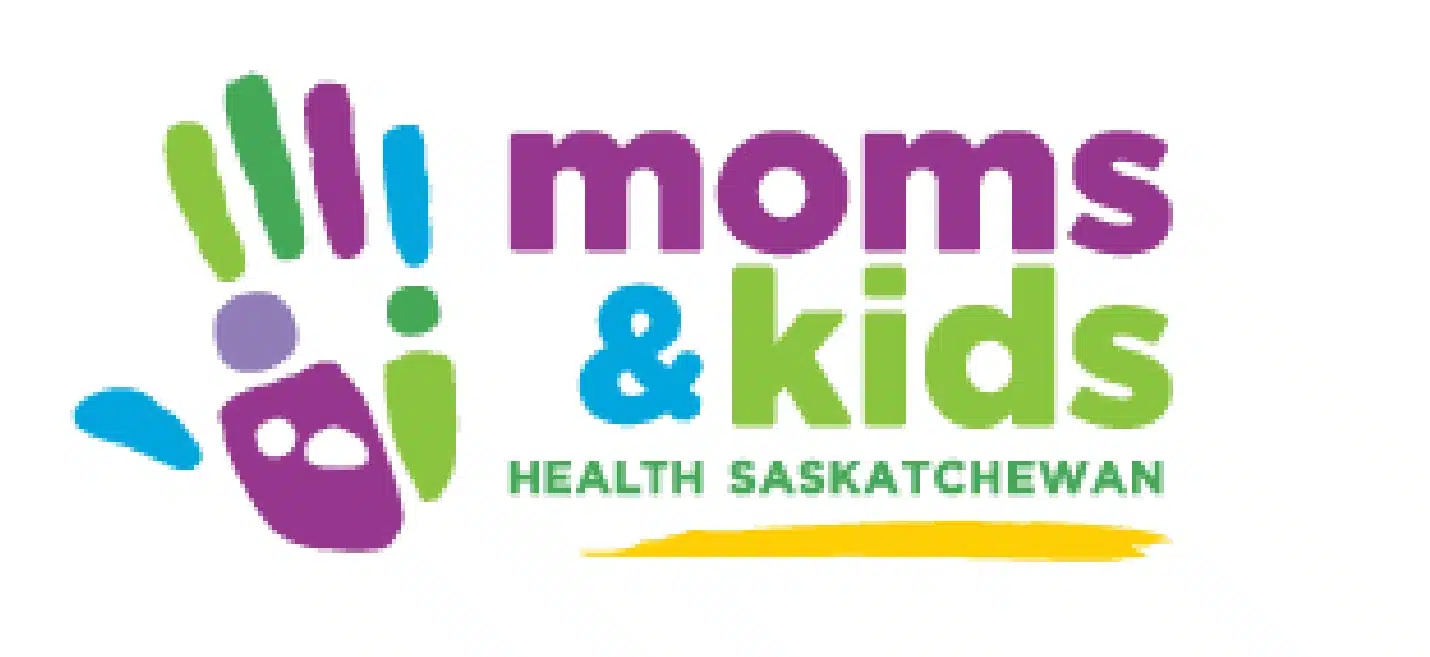Click here for more information.
At Moms and Kids, they understand and acknowledge the uniqueness in every mother’s journey. This website provides moms with support, resources, and expert advice for every stage of their pregnancy and parenting. You can find things like health tips, parenting guidance, or community connections through Moms and Kids. This resource might be beneficial for you if you are trying to find help and support in your journey throughout motherhood. Moms and Kids also offers health and wellness programs that can assist you in navigating certain health conditions. By using this resource parents can make informed decisions to support their children in many aspects of their health and wellbeing. It also allows the parents to make connections with local health programs and find support closer to their home.
Please click the link below.
https://momsandkidssask.saskhealthauthority.ca/

Keeping your children’s teeth and gums healthy is important for healthy development. Taking care of your kid’s oral health even before their teeth grow is necessary for the teeth to grow-in healthy. The Government of Saskatchewan website gives you tips on how to take care of your children’s oral hygiene to support healthy development. Children’s dental health is vital since the ability to chew, speak, and generally be healthy depends on having healthy teeth and gums. Oral hygiene also supports their capacity to eat, learn, and interact with others. As parents it can be a struggle to get the kids to brush their teeth, which can relate to sensory sensitivities, not being motivated to brush their teeth, or even the perceived discomfort of the process. Creative experiences make oral hygiene fun, check out the website for more tips on supporting children’s oral hygiene.

Kids love being outdoors and playing in the park, especially as the weather gets warmer. Outdoor play is important for child development as children need physical activity to support them in living healthy lifestyles. Children’s social, emotional, and physical development all benefit from outdoor play. Play also promotes creativity, teamwork and problem-solving, while helping in the development of strength, coordination and confidence. Outdoor play promotes fun for children and allows all children to play together on inclusive playgrounds. More parks are being designed with sensory-friendly features like textured surfaces, musical elements, gentle swings, and quiet zones for children who may get overwhelmed by the noises.
Looking for somewhere to take your children to play?
Check out places like Kinsmen Park, Wascana Centre, and Brighton Core Park for playground options that offer inclusive equipment for all children to enjoy outdoor play.
https://www.parknplaydesign.com/project/brighton-core-park-saskatoon
https://www.tourismsaskatchewan.com/listings/1946/nutrien-playland-at-kinsmen-park

For information on this program, click on the brochure link below.

